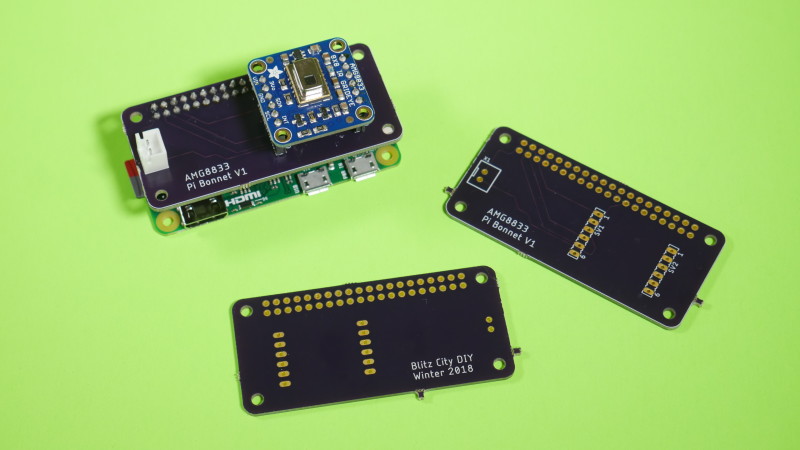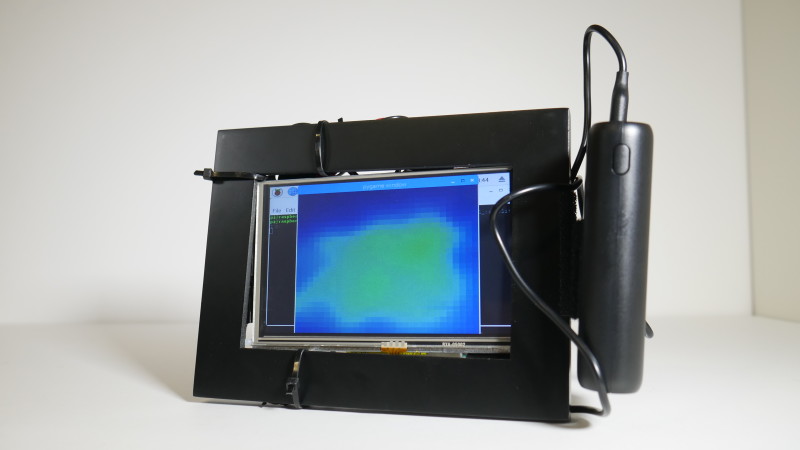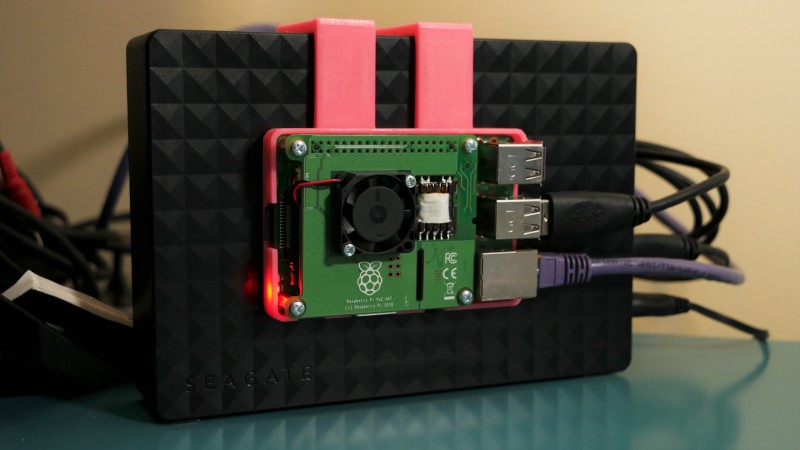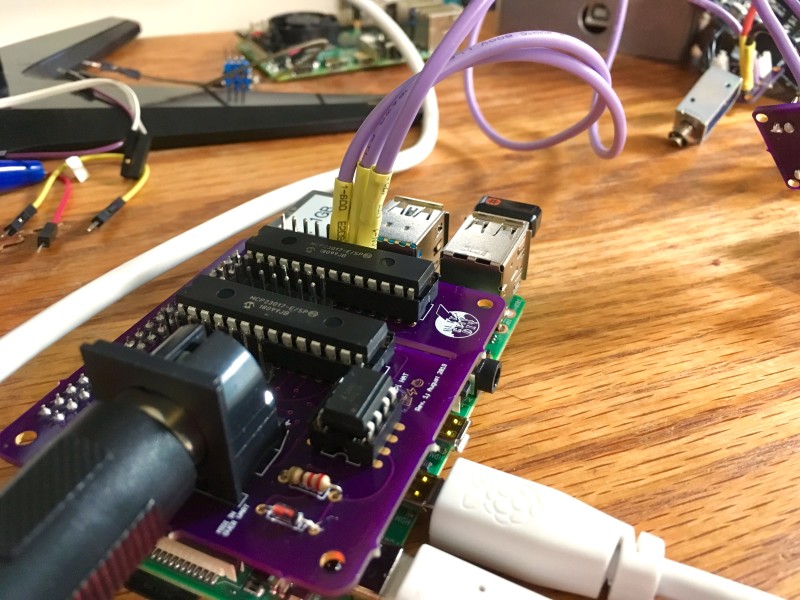Not everyone has been tinkering with electronics for decades. Some are new to the hobby, and it’s easy to figure out why: information on the internet is easier to obtain than ever, and the low cost of Raspberry Pi has helped to further its accessibility. Liz Clark is one of those newcomers. She’s a Vlogger and community YouTube channel owner.
“I actually got a bit of a ‘late’ start to making (although I’m a firm believer that it’s never too late to learn something new),” Liz tells us – and we completely agree.
“I was in college and decided that I should try and learn some coding without really knowing what that meant. I was majoring in music technology, so I began my search in the music arena and learned about Arduino and all of the MIDI projects that people were beginning to make with them. I dabbled a bit off and on with it, but it wasn’t until about four years ago that I really got serious about it and now I’m doing a bit of everything: CircuitPython, 3D printing and design, PCB design, and of course a hearty portion of Raspberry Pi. Outside of hardware, though, I am a long-time avid knitter, cross-stitcher, and sewer.”
We’d also argue that textile arts are a form of making as well, just a bit more low-tech.
Why did you start your channel?
Related to my ‘late’ start in making, I had been out of college for about two years and was starting to feel a little stuck. I really wasn’t working on any creative projects and I was worried that I was going to permanently fall into that rut working full-time. I also have a video background and I hadn’t filmed and edited anything for fun at that point since school, so my channel was basically born from a place of worry and/or quarter-life crisis.
Setting up my YouTube channel Blitz City DIY was a very surreal and odd thing for me to do because I definitely lean more toward the introverted side, so the idea of me talking on camera about things was completely outside of my comfort zone. However, I’ve become a lot better at speaking as a result, and my goal for working on creative projects and keeping up my video skills wouldn’t have been possible without my channel. It’s also led to some really amazing opportunities that otherwise I wouldn’t have had, so I’m so glad I took the initial risk.
When did you first learn about Raspberry Pi?
I first learned about Raspberry Pi a couple of years ago, around the time that I was starting my channel. It honestly seemed a little mysterious to me at first because I wasn’t quite sure what it was or what it did, but I quickly fixed that and fell in love with Linux and all things single-board computers.
Blitz City DIY Raspberry Pi projects
“I rigged up a thermal camera using the AMG8833 thermal camera module from Adafruit. It was before I had a 3D printer, so the housing was in a modified picture frame. That project also ended up becoming my first PCB – I designed up a quick Bonnet-type board to just easily route the thermal camera module to Raspberry Pi’s GPIO.
“I also have an OpenMediaVault instance running on a Raspberry Pi that I use as a home media server and network backup for my computers, and I do run Steam Link on a Raspberry Pi as well. I think that’s one really cool thing about Raspberry Pi in general: you can run a lot of different types of projects on them and there’s always more flavours of Linux becoming available for them too.”
Any future Raspberry Pi plans?
I’m actually working on a big Raspberry Pi project right now. It’s going to be a MIDI-powered robot xylophone. I’m using tiny solenoid motors to strike the keys on a glockenspiel and I’m using MIDI-in over UART (Universal Asynchronous Receiver/Transmitter) on Raspberry Pi. I also made a custom HAT PCB to connect up the MIDI-in circuit and multiplexers to Raspberry Pi’s GPIO. It’s definitely a concept that’s been done before, but having a music background and being a former mallet player, I’m really excited to create my own version.
More inspiring Raspberry Pi makers
Read about more music-based Raspberry Pi makes such as the Perpetual Chimes project, discover some very impressive art project makes and, if you’ve set up your Raspberry Pi as a media server, learn which media player will make the most of your audio collection.







